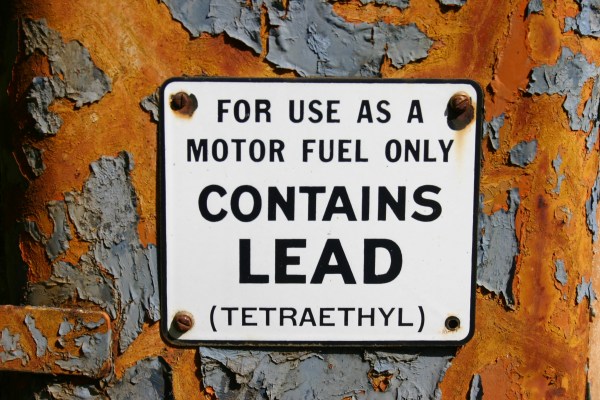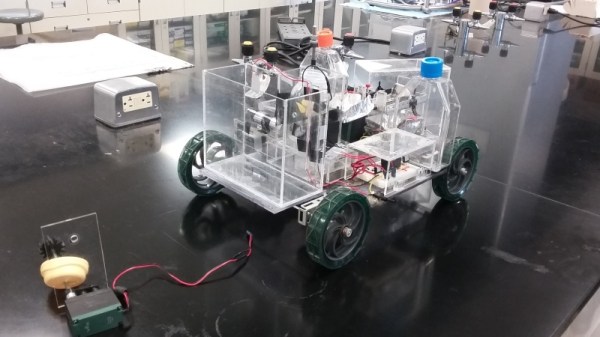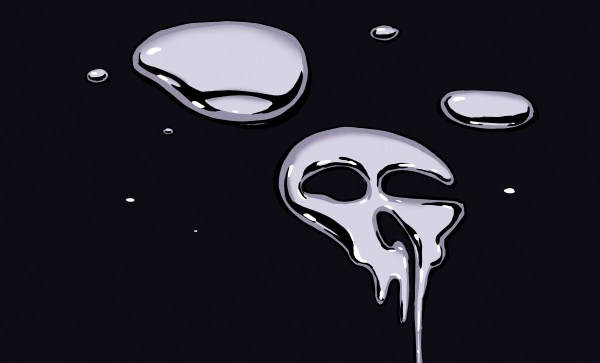Lithium-ion batteries are notorious for spontaneously combusting, with seemingly so many ways that it can be triggered. While they are a compact and relatively affordable rechargeable battery for hobbyists, damage to the batteries can be dangerous and lead to fires.
Several engineers from the University of Illinois have developed a solid polymer-based electrolyte that is able to self-heal after damage, preventing explosions.The material can also be recycled without the use of high temperatures or harsh chemical catalysts. The results of the study were published in the Journal of the American Chemical Society.
As the batteries go through cycles of charge and discharge, they develop branch-like structures known as dendrites. These dendrites, composed of solid lithium, can cause electrical shorts and hotspots, growing large enough to puncture internal parts of the battery and causing explosive chemical reactions between the electrodes and electrolyte liquids. While engineers have been looking to replace liquid electrolytes in lithium-ion batteries with solid materials, many have been brittle and not highly conductive.
The high temperatures inside a battery melt most solid ion-conducting polymers, making them a less attractive option for non-liquid electrolytes. Further studies producing solid electrolytes from networks of cross-linked polymer strands delays the growth of dendrites but produces structures that are too complex to be recovered after damage. In response, the researchers at University of Illinois developed a similar network polymer electrolyte where the cross-link point undergoes exchange reactions and swaps out polymer strands. The polymers stiffen upon heating, minimizing the dendrite problem and more easily breaking down and resolidifying the electrolyte after damage.
Unlike conventional polymer electrolytes, the new polymer also shows properties of conductivity and stiffness increasing with heating. The material dissolves in water at room temperature, making it both energy-efficient and environmentally friendly as well.



















